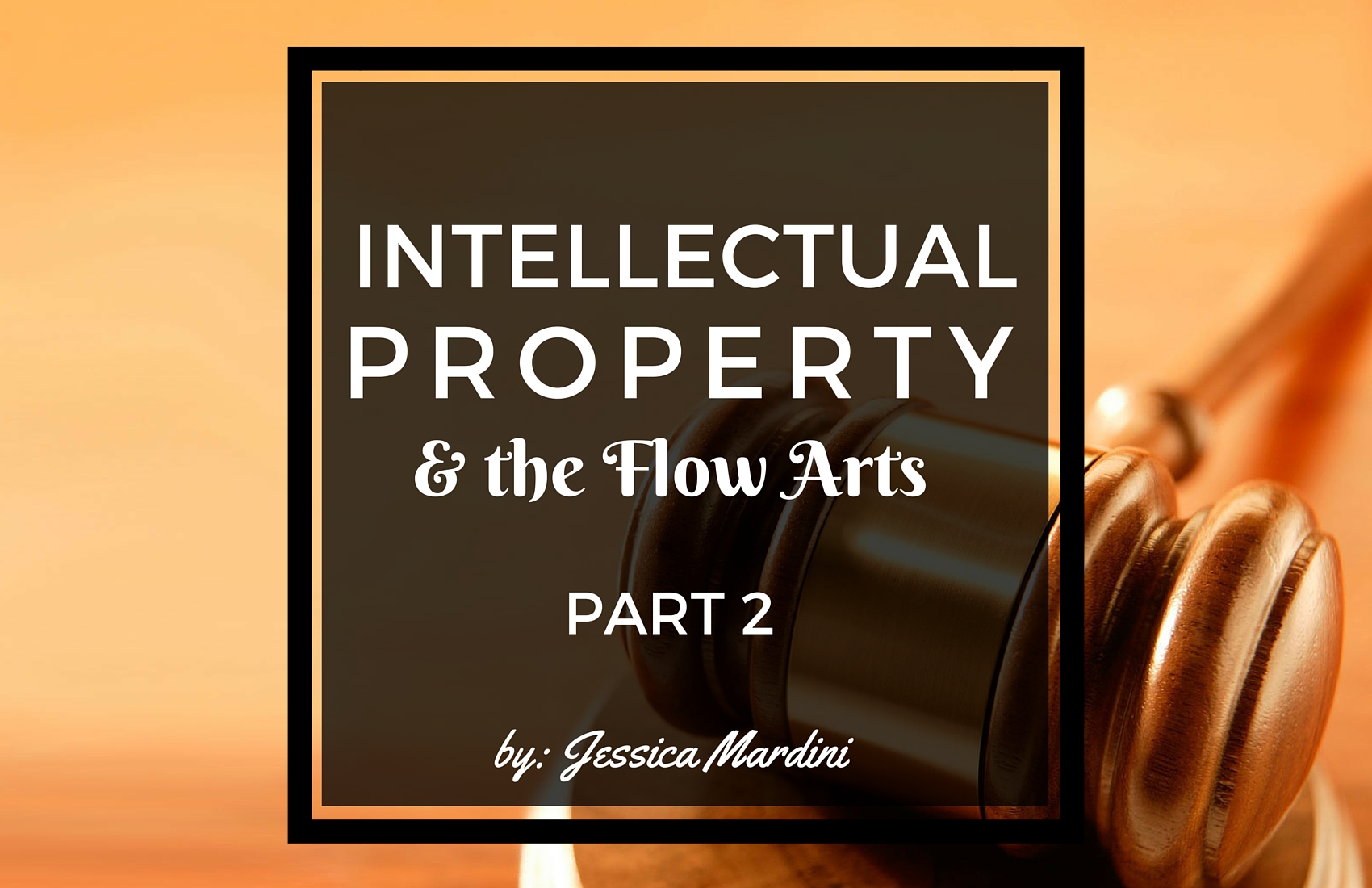Imagine you have created something, and now you want to see if your creation can be afforded legal protection. You must first understand how the U.S. Patent and Trademark Office (USPTO) and the U.S. Copyright Office determine whether your creation is protectable by law. The following is a break-down of the criteria required to gain protection.
How Protection is Determined:
Patent
Patents are governed by Title 35 of the United States Code (U.S.C.) and granted by the USPTO.
Those who seek to protect creation must submit their application to the USPTO, who reviews the application and makes a determination on their invention. Patents are broken down into two main types, utility (protects the way the item functions) and design (protects the way the item looks), and a final type, plant variety. Utility and plant variety patent protection lasts for 20 years and design patent protection lasts for 12 years.
In order for the invention to be patentable, it must be:
1. The patentable subject matter (the new and useful composition of matter, or new or useful improvement thereof)
2. Useful (serves a purpose)
3. Novel (new)
(An inventor may lose his or her patent rights of the invention has been disclosed for more than one year before the application).
4. Nonobvious (it’s not the common idea)
5. Described in written detail in the application (enough so that it could be re-created through this description)
So if you decide to create a new prop, think about all of these factors and whether or not your new prop could be afforded protection, and make sure to file for your patent before releasing the prop to the marketplace for sale.
Trademark
Trademarks are governed by Title 15 of the U.S.C. and granted by the USPTO.
Those who seek to protect a mark must submit their application to the USPTO, who reviews the application and makes a determination on the mark. Rights to a trademark can last forever as long as the owner continually uses that mark in commerce. The mark is evaluated for the likelihood of confusion and similarity to other marks, taken in relation to other goods and services similar and different to it. For example, there would likely be no confusion found between the word mark “Hops” if it were used by one company that is a brewery as the name of their restaurant, and another company that is a rabbit food supplier as the name of their food. There is no simple test that is done, it is rather an evaluation of factors that are taken together to determine whether the mark may receive protection.
A trademark must be considered distinctive, which means it must be able to clearly distinguished from another mark. Trademarks are evaluated on their strength in use. They are divided into the following categories:
|
Strength of Mark |
Type of Mark |
Example |
|
Strongest: The marks in these two categories are inherently distinctive upon viewing. |
Arbitrary Fanciful |
Apple (for computers) Exxon (for gas) |
|
Less Strong: This mark may also be inherently distinctive, but a second look may be required to make the connection |
Suggestive |
Polar Bear (for ice cream) |
|
Least Strong: This mark must have acquired secondary meaning through commerce. |
Descriptive |
Windows (for visual computer software) |
|
No Protection: This mark may not be allowed protection |
Generic |
Forks (as a name for a line of plastic fork cutlery) |
So if you have decided to name your new prop, you would do best to pick an arbitrary or made up word to call it. Then you would have a better chance of protecting your mark.
Copyright
Copyrights are governed by Title 17 of the U.S.C. and the U.S. Copyright Office.
Unlike patent and trademark, which require registration, copyright protection applies to your creative expression as soon as it is solidified in a tangible medium “that is perceptible either directly or with the aid of a machine or device.”[2] Copyright registration is only required if you wish to bring an infringement claim against another U.S. citizen. While registration is not required, it is recommended for the most effective legal coverage.
So, if you write a novel about a group of flow artists, you should register your novel with the copyright office so that you gain the rights to make flow action figures based on your novel, or turn it into a movie when it becomes a best seller.
Imagine now you have received word back from the government that your creation is protectable. You need to know what rights are granted with each type of IP protection. They are as follows:
|
Type of IP |
Patent |
Copyright |
Trademark |
|
Rights Conferred by Legal Ownership |
1. The right to make the invention 2. The right to use the invention 3. The right to distribute the invention 4. The right to assign rights for the invention |
1. The right to make copies 2. The right to prepare derivative works 3. The right to distribute the work 4. The right to publicly perform the work 5. The right to publicly display the work |
1. The right to use the mark 2. The right to exclude others from using the mark |
Most owners of IP make their money not off of owning the IP, but off of assigning or licensing, their rights in IP. For example, once you have patent rights, you can now sell your right to make that invention to a manufacturing company. The company pays you for the right to make your invention. It would be very hard for a single inventor to make money by mass manufacturing her invention, but it is much easier for her to make money by selling the right to manufacture her invention. IBM is one of the leaders in the U.S. in patent ownership, yet they rarely manufacture inventions. They sell their ideas to other companies in order to make a profit.
Imagine your new prop was a big hit, but you don’t have time to make enough to keep the marketplace supplied. You could sell your right to manufacture the prop to another company and still reap profit from your invention. You could sell the right to distribute your prop to yet another company who would sell your prop all around the country. You would be reaping the financial benefits without ever having to do any of the commercial legwork.
I hope this two-part series has been helpful and accessible in understanding IP in relation to the flow arts. Please look for my next article addressing the necessity of contracts in the flow arts community.


Comments 1
The agencies responsible for these protection should launch a campaign to enlighten people on the importance of protecting their trade names and IP